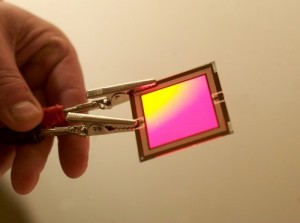The load of LEDs impacts the reliability of drivers. The voltage-current characteristic of LEDs determines that within a certain region, with the increase of voltage, current will be exponentially raised. Therefore, many LED lamps driven by switching power suppliers worked in an unstable state. Since the output of switching power suppliers is a complex multiple harmonic waves rather than a constant value, leading to the inevitable fluctuation of the output signal.

As we all known, LED is very sensitive to voltage variations. Working under normal current, the voltage should be within the range of 0.3V-0.6V (different power consumptions may have slightly differences in voltages). Once working under unstable voltage, tiny changes can cause huge vibrations in current, and consequently the output power. Excess current may cause irrecoverable damages to LED Lights.
Facts proved that adding voltage-limited elements (like TVR, TVS) have little effect on reducing the current fluctuations. It seems that LED drivers were never as competent as other drivers. Reliability and efficiency are restricted with each other. Divers with higher efficiency must have a lower reliability, vise versa. The increase of reliability is at the cost of efficiency. In order to reduce the impact of input voltage to output voltage, energy must be converted through multiple levels.
In fact, all these problems were caused by LED loads. Recent years, experts put forward another proposal: to improve the internal connection of LED products to reduce the load. The simplest way is connecting resistors between LED chips. The larger the resistance, the more stable the load. Definitely, this method is still at the cost of efficiency. It is the simplest but not the best way. After this, some people introduced another resolution: adding linear barostats, using transistors as auto-adjusting elements. In this way, transistors are treated as changeable resistors. By doing so, the final circuit will be more stable and meanwhile efficiency can be guaranteed as well. This kind of LED drivers, to a large extent, is more advanced than that just simply insert resistors between LED chips. At present, the most commonly used method is constant-voltage sources combined with linear galvanostats. This method still provides very limited efficiency to the entire device.
